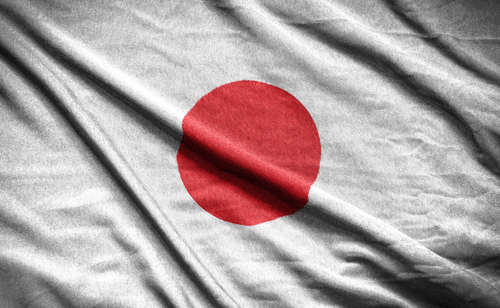The Bank of Japan (BoJ) commenced its two-day meeting today to discuss potential changes in monetary policy, although no changes are expected for this particular session. Nevertheless, further communication will be crucial, and investors will be paying close attention to the words of Ueda, the head of the Bank of Japan. What will the BoJ's decision bring, and how will it affect the further trading of the yen, which has been clearly sold off recently?
Maintaining Interest Rates, but with a Hawkish Tone
It is expected that the BoJ will maintain the key interest rate at 0.5%. It is worth mentioning that the bank raised interest rates in January, but there was clear communication about this move beforehand. Currently, the focus is on the communication from BoJ head Kazuo Ueda, who may begin preparing markets for another rate hike. Economists' forecasts indicate that the next BoJ move may come as early as May 1st. Currently, none of the economists surveyed by Bloomberg expect a rate hike. Market indications also do not suggest this.
There should be no hike tomorrow, as this has not been clearly communicated by the bank. Nevertheless, a clear announcement regarding the next May meeting could change the fortunes of the recently sold-off yen. Source: Bloomberg Finance LP
Rising Inflationary Pressure
A key factor influencing the BoJ's decisions is the rising inflationary pressure. Preliminary results from the spring wage negotiations (shunto) indicate another year of solid wage increases. While last year's negotiations concluded with a 5.1% wage increase, current indications suggest that increases could reach 5.46%. In January, CPI inflation rose to 4%, signaling that the years of deflation and disinflation may be a thing of the past.
1% Target for Interest Rates?
Investors will also be closely analyzing any indications regarding the target level of interest rates. There is speculation that the BoJ may aim to reach 1% in the short term. Such a move would aim to both combat inflation and stabilize the yen's exchange rate. Bloomberg Economics predicts reaching the 1% level in July. A Bloomberg survey (median) indicates one rate hike in September, which is also indicated by the interest rate futures market.
Lesson from Last Year's Turbulence
The BoJ must act cautiously to avoid sharp market reactions. Last year's turbulence in the yen market, following the July rate hike, showed how sensitive markets are to the central bank's communication. The yen has been gaining recently due to capital flows to safe havens, but it has started to lose ground in the last few sessions. Currently, USDJPY is at its highest level since March 5th.
Recently, long positions on the yen have increased to their highest levels in history, while short positions have fallen to extremely low levels from the perspective of recent months. Source: Bloomberg Finance LP, XTB
USDJPY has experienced a clear rebound since March 11th, but important resistance levels are currently being tested, such as the 50.0 Fibonacci retracement of the last upward wave, the downtrend line, and the range of the largest correction in the last downward impulse. Moreover, the 50-period moving average is also nearby. If the BoJ appears hawkish, the yen may return to gains. However, if the BoJ communicates caution (although there is no pretext for this), the pair could rebound to around 151. Source: xStation5
BREAKING: UoM report suggests a decline in inflation expectations 📌
BREAKING: US PMI beats expectations slightly; EURUSD with no reaction 📌
Chart of the day: USDJPY (21.11.2025)
BREAKING: Mixed results for the UK PMI index. GBPUSD muted


